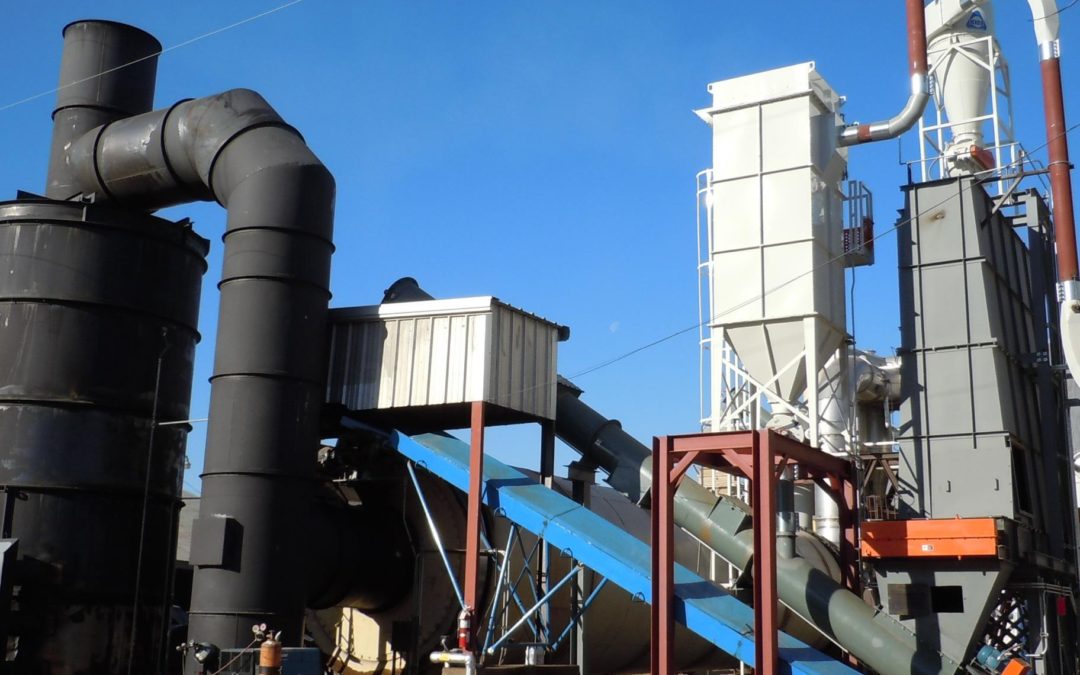Why Is Oil Viscosity Critical?
Viscosity measures how much resistance there is to fluid flow. It is frequently referred to as the thickness of the oil. Water is thin in that it has low viscosity; mineral oil is thick in that it has high viscosity.
Hydraulic oil viscosity can drastically affect the performance of the machine and the life of hydraulic components. Oil acts as the primary lubricant in hydraulic systems. It is especially important in hydraulic piston pumps, which are commonly used in mobile hydraulic applications.
In a piston pump, the pistons ride on a thin film of oil that prevents metal-to-metal contact with a swashplate. If the oil is too thin (low viscosity), then the piston will contact the swashplate. This can quickly cause catastrophic failure. The pump and any components damaged as a result of the failure must be replaced.
Can the viscosity be too high? Yes! If viscosity is too high:
• Filters will plug easily. With high back pressure, a filter bypass can open and allow unfiltered oil to return to tank, possibly contaminating the entire hydraulic system.
• The hydraulic pumps may not be able to draw enough oil into the pump and may draw air instead. This phenomenon can cause severe damage to the pump, resulting in pump replacement.
• Machine performance will suffer. Functions may slow down or stop.
What Affects Viscosity?
Viscosity changes with temperature. As syrup heats on the stove, it gets thinner as the temperature gets higher. Hydraulic oil reacts similarly to an increase in temperature.
The Viscosity Index of a fluid describes just how much temperature affects that particular fluid. The higher the Viscosity Index, the better the oil performs in a wide variety of temperatures.
The oil’s Pour Point also tells you how it responds to temperature. If an oil has a Pour Point of -45°F
(-43°C), then that is the lowest temperature at which the oil will pour, or pump in this case.
There are additional specifications that indicate how oil performs over the temperature spectrum. All specifications should be listed in manufacturer manuals.
Instances that will bring about these temperature-related issues are:
• When the hydraulics overheat, typically setting off an alarm or signal in the cab. Keep hydraulic oil coolers clean!
• When the oil specified is inappropriate for ambient temperatures.
Appropriate Oils
There are three common viscosity or ISO grades for mobile hydraulic equipment: 32W, 46W and 68W. Each ISO grade is designated for a specific temperature range. See the accompanying graph.
Here is a general guideline regarding ambient temperatures:
ISO 32W à -20° to +50°F (-29° to 10°C)
ISO 46W à+25° to +70°F (-4° to 21°C)
ISO 68W à+48° to +90°F (9° to 32°C)
Note that ISO 32W oil should be used in cold conditions whereas ISO 68W should be used in hot conditions. ISO 22W may also be used for extremely cold conditions.
Should it change with the seasons? Yes!
For example, a machine in Canada has ISO 32W oil for winter. In the summer, the ambient temperature rises to 75°F (24°C). What happens to the hydraulic oil? It is too thin! The machine’s components are now prime candidates for catastrophic failure.
Can different oils be mixed?
Check with the oil supplier. Some additives can react when combined and cause the oil to alter its properties.
Submitted by the Forest Machine Business Dept., Komatsu America Corp.
Latest News

Tracy Gunter Left Legacy Of Leadership
Tracy C. Gunter, Jr., long respected for his leadership in the logging industry, and owner of Tracy’s Logging, Leesville, SC, died March 23. He was 84. In October 1997, in the 25th anniversary issue of Southern Loggin’ Times, Gunter was named as...

Enviva Closing Amory Mill in Mississippi
Emerging from bankruptcy in late 2024, Enviva announced in early February that it was closing its Amory pellet plant in northeast Mississippi. The Amory facility was the company’s first plant operated in the U.S. and was acquired in 2010. According...
Have A Question?
Send Us A Message
